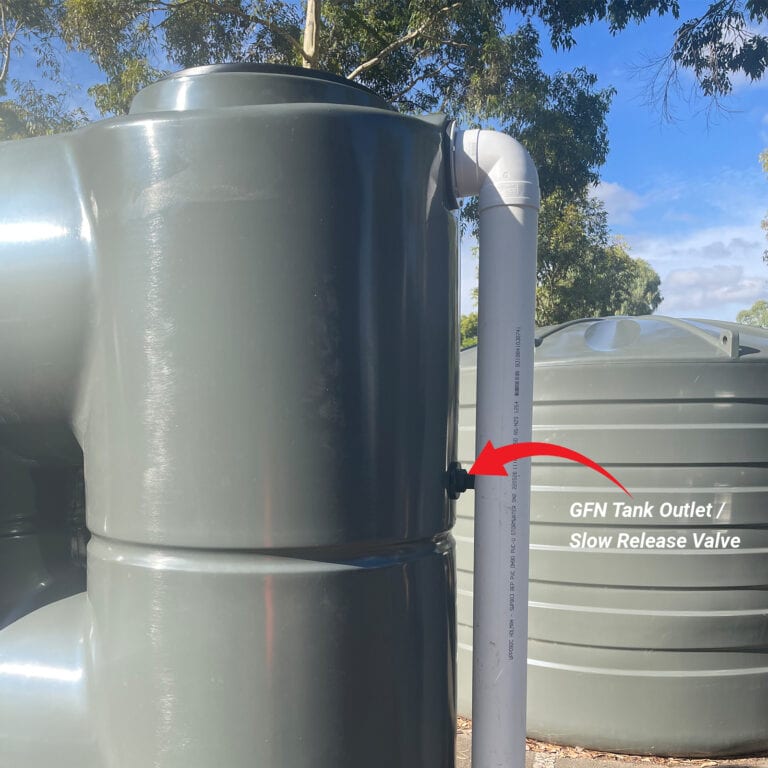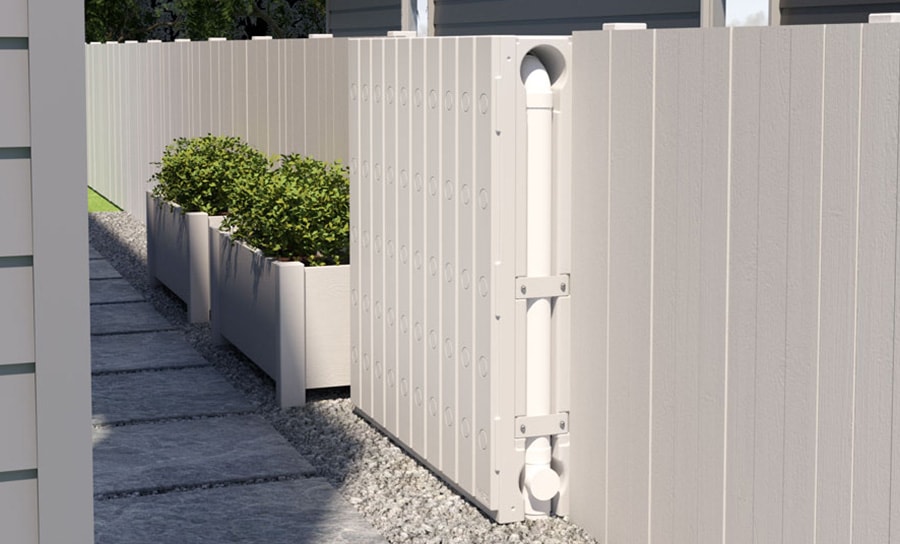Slimline Water Tanks: Space-Saving Solutions for Tiny Qualities
Wiki Article
Understanding the Value of Rainwater Storage Tanks in Drought-Prone Regions for Water Safety
In regions susceptible to prolonged droughts, the function of rainwater storage tanks in boosting water safety and security is a topic of growing importance. As neighborhoods come to grips with the challenges of water shortage, recognizing the value of these containers exceeds mere collection of rainwater. Rain storage tanks act as an important tool in minimizing the effect of water shortages by offering a sustainable source of water for various needs. However, the true value of rainwater tanks extends much past plain storage space; it includes resilience-building actions and the promo of long-lasting water conservation approaches. This complex strategy to water safety warrants a better evaluation of the role rainwater containers play in making certain a trusted supply of water during times of drought.Advantages of Rainwater Tanks
Utilizing rainwater tanks uses a lasting service for enhancing water system and enhancing water safety in domestic and commercial setups. One of the primary advantages of rainwater tanks is their capacity to lower reliance on keys supply of water. By capturing and keeping rain that falls on rooftops, this alternative source can be used for numerous non-potable objectives such as irrigation, purging toilets, and washing clothing. This not just saves cured drinking water but also lowers water costs for individuals.
Rainwater Harvesting Methods
Rainwater collecting strategies include a series of methods created to successfully accumulate and store rain for various purposes, adding to water conservation and sustainability. One typical method is the installation of rooftop catchment systems, where rainwater is accumulated from the roof covering of a structure and routed to a storage space container. This method is fairly basic and cost-effective. Another prominent method is the usage of above-ground or underground storage containers to keep rainwater for later use. These tanks come in numerous dimensions and materials to fit various demands and can be linked to the existing plumbing system for simple gain access to.
Additionally, rainfall yards and absorptive pavements are cutting-edge strategies that entail landscape design or paving surfaces in a manner that permits rain to percolate right into the ground, replenishing groundwater reserves. Furthermore, shape farming and terracing are agricultural techniques that aid capture rainwater and stop dirt erosion in uneven terrain. By applying these varied rain harvesting methods, areas can improve water why not find out more protection and strength in drought-prone areas while promoting sustainable water administration methods.
Value of Water Safety And Security
Guaranteeing reliable access to clean and sufficient water resources is critical for maintaining human health, economic development, and environmental well-being. Water security is a crucial element of societal durability, particularly in areas prone to droughts and water deficiency. Sufficient water safety encompasses numerous dimensions, including schedule, high quality, and access of water for domestic, farming, commercial, and environmental needs.Water safety plays an important role in promoting public wellness by minimizing the prevalence of waterborne illness and ensuring cleanliness facilities. Financially, water protection is important for agricultural performance, industrial procedures, and general financial development. Slimline water tanks. Water protection is very closely linked to environmental sustainability, as it supports environments, biodiversity, and total environmental balance.
In drought-prone areas, water safety and security comes to be even more crucial as a result of the heightened danger of water scarcities. Executing methods like rain harvesting, water recycling, and efficient water monitoring practices can considerably enhance water protection in these areas. By focusing on water safety and security, neighborhoods can much better hold up against the impacts of climate modification, populace growth, and other difficulties that threaten water schedule.
Enhancing Water Strength
With increasing worldwide water difficulties, developing durability in water systems has actually come to be a critical emphasis for lasting advancement initiatives. Enhancing water resilience involves implementing strategies to make certain water schedule and top quality when faced with altering ecological problems, such as droughts, floods, and contamination.One key aspect of enhancing water resilience is advertising using rainwater containers in drought-prone regions - Slimline water tanks. Rain containers work as an effective means of recording article and storing rain for later usage, reducing reliance on limited freshwater resources throughout dry periods. By including rain harvesting systems into water monitoring strategies, neighborhoods can enhance their ability to hold up against water deficiency and maintain water protection

Sustainable Water Preservation
Amidst escalating water difficulties, the sensible monitoring of water resources via sustainable preservation techniques is vital for making sure long-term ecological stability and social wellness. Sustainable water preservation requires the effective usage of water sources to meet present requirements without compromising the capacity of future generations to fulfill their very own demands. By applying strategies such as rainwater harvesting, greywater recycling, and water-efficient modern technologies, neighborhoods can decrease water wastefulness and reduce stress on freshwater resources.In addition, lasting water conservation techniques add to ecosystem health by preserving appropriate water levels in rivers, lakes, and wetlands, sustaining biodiversity, and protecting natural environments. These methods likewise play a crucial function in mitigating the influences of climate modification by assisting to adapt to changing rainfall patterns and water accessibility.

Final Thought
To conclude, rainwater tanks play a critical role in enhancing water security and strength in drought-prone areas. By making use of rainwater harvesting methods, communities can decrease their dependence on standard water resources and promote lasting water conservation methods. This not only assists minimize the influences of water deficiency during dry spells yet also adds to long-lasting water safety and resilience when faced with environment modification difficulties.Report this wiki page